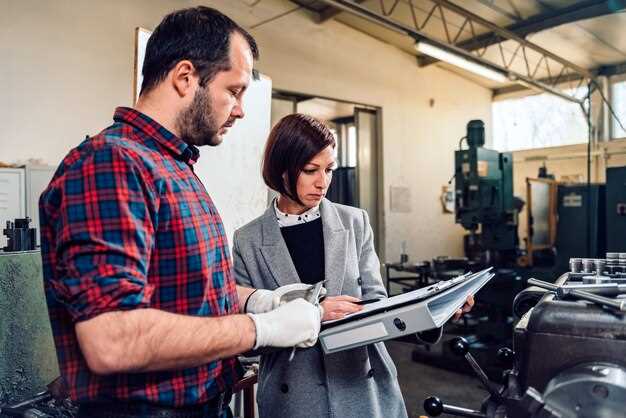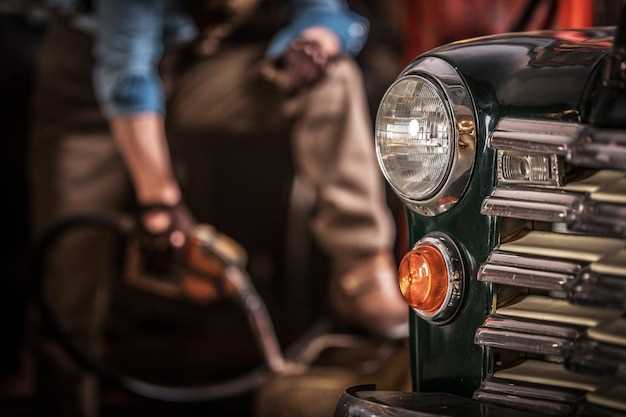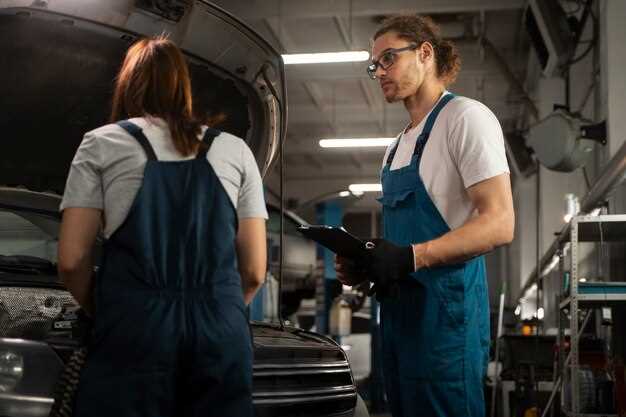
The process of restoring classic cars is both an art and a science, requiring a diverse set of skills to achieve the desired level of quality and authenticity. Many restorers find that they cannot manage every aspect of a project alone, which is where subcontractors come into play. These skilled professionals can tackle specific roles, ensuring that each component of the restoration meets the high standards associated with classic vehicles.
When hiring subcontractors, it’s essential to clearly define the roles that need to be filled. Whether you require expertise in bodywork, engine rebuilding, or interior restoration, identifying the right subcontractor for each task is crucial for the project’s overall success. A well-coordinated team not only accelerates the restoration process but also enhances the quality and attention to detail that classic cars demand.
Moreover, understanding the unique skills each subcontractor brings to the table can significantly impact the effectiveness of the collaboration. By establishing clear expectations and open lines of communication, you can create a fluid working relationship that allows for a more efficient and enjoyable restoration journey. Delving into the distinct roles of subcontractors and their contributions will ultimately enable you to achieve the classic car of your dreams.
Identifying Key Project Roles in Classic Car Restoration

In a classic car restoration project, defining key roles is essential for ensuring a streamlined workflow and successful outcomes. These roles often require specialized expertise, which can be fulfilled by hiring subcontractors with the necessary skills. Understanding these roles helps in assigning responsibilities effectively, leading to enhanced overall project management.
The first crucial role is that of the project manager. This person oversees the entire restoration process, coordinating between various subcontractors and ensuring that timelines and budgets are adhered to. Their experience in classic car restoration allows for better decision-making and resource allocation.
Next, the lead mechanic plays an integral role in evaluating the condition of the vehicle and determining the restoration requirements. They possess in-depth knowledge of mechanical systems specific to classic cars and are pivotal in delegating tasks to other mechanics or subcontractors skilled in particular areas such as engine work, transmission, or brakes.
Bodywork specialists are also essential subcontractors. These professionals focus on repairing and restoring the car’s exterior, which may involve metalwork, painting, and detailing. Their skills ensure that the classic car not only functions optimally but also retains its aesthetic appeal.
Furthermore, upholstery experts are responsible for reclaiming and restoring the interior of the vehicle. This role includes working with materials like leather, vinyl, and carpeting to ensure that the interior matches the original specifications or meets the client’s expectations.
Electrical specialists are becoming increasingly important in classic car restorations due to the complexity of modern wiring systems. These subcontractors ensure that all electrical components, such as lighting, ignitions, and audio systems, are correctly installed and functioning.
Lastly, it is essential to consider quality control inspectors. These individuals ensure that each part of the restoration meets specific standards and guidelines before the project reaches completion. Their thorough assessments can help prevent costly rework and maintain the project’s integrity.
By clearly identifying and assigning these key project roles, restorers can effectively collaborate with subcontractors to achieve a successful classic car restoration that meets both quality standards and client satisfaction.
Selecting Qualified Subcontractors for Specialized Tasks

When embarking on classic car restoration projects, the selection of subcontractors for specialized roles is crucial. Each restoration task requires specific skills and experience, making it essential to evaluate potential subcontractors carefully. They should not only possess technical expertise but also a deep understanding of classic vehicles.
First, identify the roles needed for your project. These may include metalwork, upholstery, painting, and mechanical repairs. Once the tasks are clearly defined, create a list of qualifications for each role. Look for subcontractors with proven records in classic car restoration, as their experience often translates to high-quality work.
Next, consider obtaining referrals from fellow restorers or utilizing online platforms dedicated to automotive restoration professionals. Reviewing previous projects and customer feedback can provide insight into their reliability and craftsmanship. Additionally, it is advisable to conduct interviews to gauge their passion for classic cars and assess their problem-solving capabilities.
Additionally, discuss timelines and cost estimates upfront. A qualified subcontractor should be transparent about their availability and pricing structures. It’s important to ensure that their schedules align with your project timeline to avoid delays. Establishing a clear contract that outlines responsibilities, payment schedules, and expectations will foster a better working relationship.
Finally, prioritize open communication. Ensure that your subcontractors understand your vision for the restoration project. Regular updates and discussions will help manage the workflow and address any issues that arise promptly. By selecting the right subcontractors for specialized tasks, you can enhance the quality and efficiency of your classic car restoration project.
Managing Communication and Workflow Between Subcontractors
Effective communication and streamlined workflow among subcontractors are critical components of successful classic car restoration projects. To achieve this, it is essential to clearly define the roles of each subcontractor involved, ensuring that every party understands their tasks and responsibilities. By implementing a structured communication plan, project managers can minimize misunderstandings and foster collaboration.
Utilizing project management tools can enhance communication efficiency by centralizing information and allowing real-time updates. These platforms often provide a space for tasks assignment, deadlines, and progress tracking, making it easier for subcontractors to stay aligned. Regular check-ins and updates are also vital, enabling subcontractors to discuss challenges and adjust workflows as necessary.
Establishing clear lines of communication, whether through emails, messaging apps, or scheduled meetings, can prevent gaps in information. Designating a primary point of contact for each subcontractor can help streamline inquiries and maintain accountability. Encouraging open dialogue allows subcontractors to share insights, leading to improved processes and innovation in the restoration phases.
In conclusion, managing communication and workflow between subcontractors hinges on clearly defined roles, effective communication tools, and regular updates. By cultivating an environment of teamwork and transparency, classic car restoration projects can achieve timely results and uphold high standards of quality.




